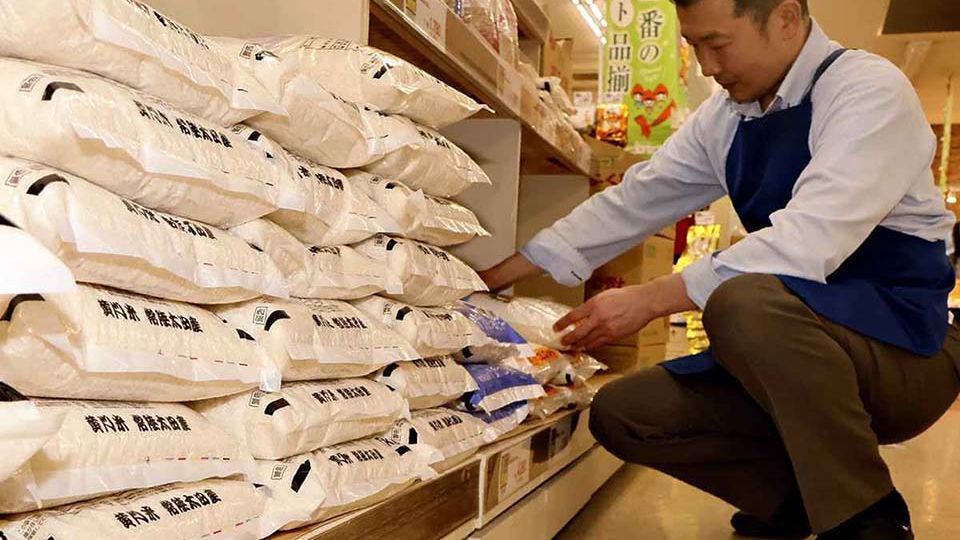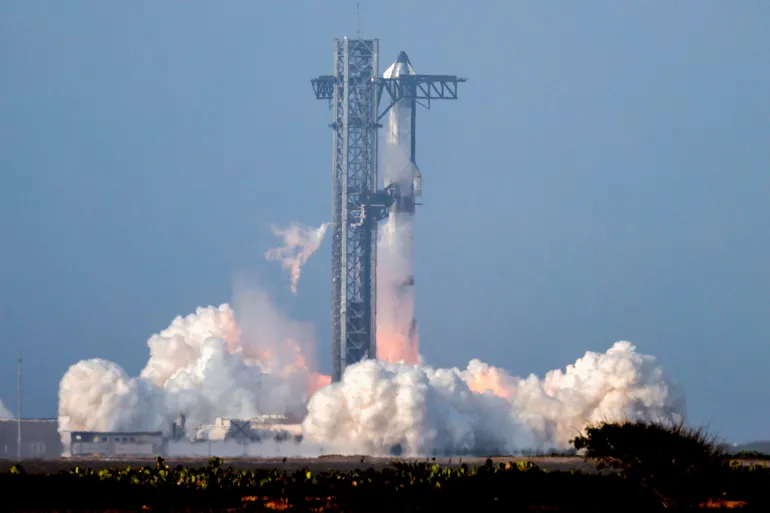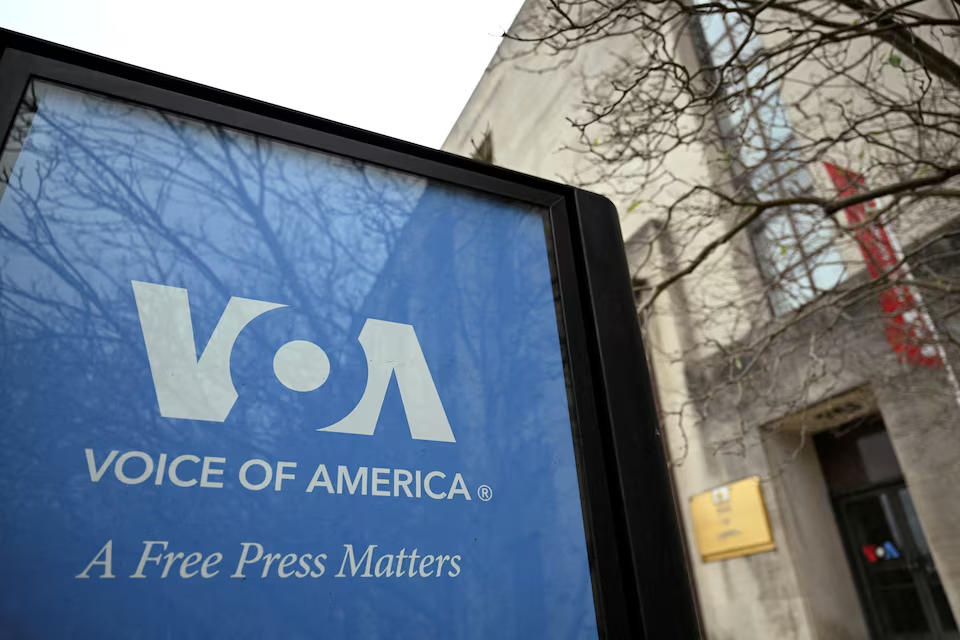Soaring inflation in Japan is beginning to take a serious political toll, igniting populist backlash and undermining the stability of Prime Minister Fumio Kishida’s government. As living costs continue to rise, public frustration is fueling anti-establishment sentiment and emboldening fringe political movements once relegated to the margins.
For decades, Japan grappled with deflationary pressures and stagnant consumer prices. Now, the tide has turned. Inflation is hovering around 3%, modest by international standards but significant in a country long accustomed to near-zero price growth. The change is hitting households hard, with surging food, energy, and housing costs squeezing average consumers.
This inflationary environment is creating fertile ground for populist leaders, many of whom are capitalizing on public anger over the government’s perceived inaction. Among them is veteran conservative firebrand and Osaka Mayor Ichiro Matsui, whose blunt criticism of Tokyo’s elite and promises of direct cash handouts are gaining traction.
“People are tired of being ignored. The government keeps telling us inflation is under control while families can’t afford groceries,” Matsui said at a recent rally. His party, Nippon Ishin no Kai (Japan Innovation Party), has seen a sharp rise in support, particularly among younger voters disillusioned with the political establishment.
Analysts warn that the political center is beginning to fragment. Kishida’s Liberal Democratic Party (LDP), while still dominant, is suffering from declining approval ratings. A recent Nikkei poll showed the prime minister’s support at just 32%, the lowest since he took office in 2021. The public is especially critical of the LDP’s failure to implement meaningful relief measures.
“The government’s fiscal tools have been weak and poorly targeted,” said Professor Miho Yamada, a political economist at Tokyo University. “One-time payments and vague promises won’t reverse the perception that the ruling party is out of touch.”
The economic pressure has also deepened political polarization. On the left, the Constitutional Democratic Party of Japan is calling for price caps on basic goods and greater public investment. On the right, ultra-nationalist parties are exploiting economic anxieties to push xenophobic rhetoric and propose protectionist trade policies.
Meanwhile, Kishida is attempting to regain control by promoting a “new capitalism” agenda centered on wage hikes, investment incentives, and tax reforms. But critics argue that the measures are too slow to impact consumers now grappling with real-time hardship.
Foreign investors are watching closely. While the Bank of Japan continues its cautious monetary normalization, there are concerns that domestic political instability could complicate policy execution and erode Japan’s economic recovery momentum.
International observers also worry about the broader implications. “Japan is often seen as a bellwether for economic and demographic shifts in the developed world,” said Rachel Kim, an Asia-Pacific political risk analyst. “What we’re seeing now—a backlash against inflation in a formerly stable democracy—could easily be replicated elsewhere.”
Social media has amplified the unrest, with hashtags like #CostOfLivingCrisis and #KishidaResign trending frequently. Grassroots protests, while still relatively modest by Japanese standards, are growing more frequent and vocal. Union leaders are planning nationwide demonstrations ahead of the summer legislative session.
As Japan enters this new and uncertain phase, Kishida’s ability to restore trust and deliver effective economic relief will be critical. Failure to do so could accelerate the rise of populist challengers and fracture the postwar political order that has dominated Japan for generations.
For now, the battle lines are being drawn—not just over policy, but over who has the right to speak for a nation under pressure.
Source: Asia News Network



